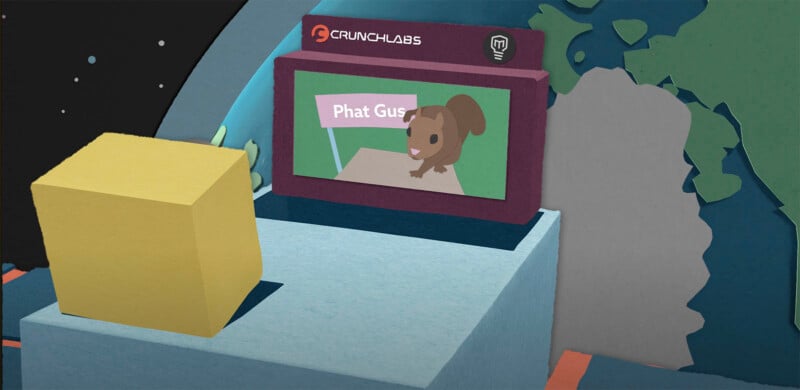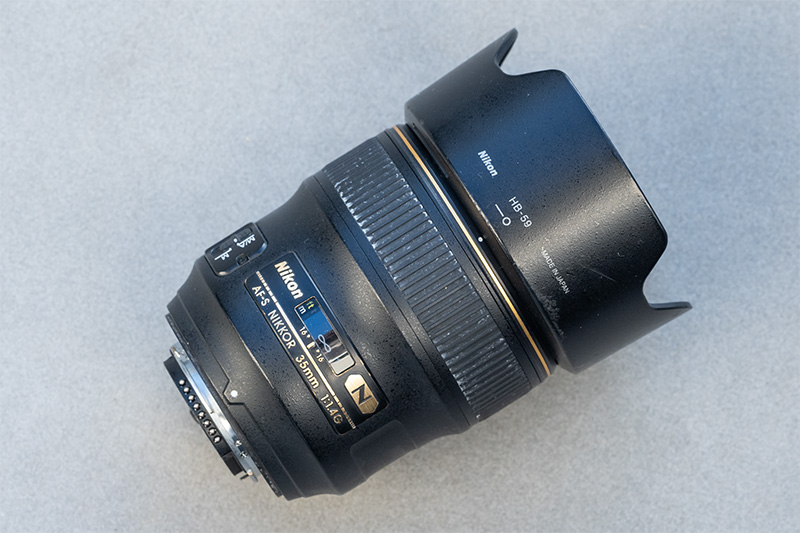If you have ever wanted to grab a selfie from space which, let’s face it, who wouldn’t? Then a YouTuber is offering an opportunity to do so, kind of.
Former NASA engineer Mark Rober, best-known for building glitter fart camera traps, is launching a satellite into orbit that everyday folk can upload a selfie to and a camera will take a photo of the selfie while in space.
Not only that but Rober, who is launching the satellite with the help of Google and T-Mobile, is also taking people’s locations and will send an alert when the satellite is above the person’s house so the person can run outside and wave at the sky above meaning that technically they will be in the photo twice.
Onboard the satellite is a Google Pixel smartphone inside a radiation-resistant case and opposite that is a camera designed to withstand space’s brutal environment.
“So once we beam your picture up to the satellite, we’ll display it on the phone, and then the camera will take an HDR picture and then beam the image back to Earth,” explains Rober.
 A diagram of how the selfie satellite will work.
A diagram of how the selfie satellite will work.On the other side of the satellite is the exact same phone/camera combination which is there in case the primary rig runs into issues. But this creates a problem because it means the satellite has to be facing three different ways to pick up energy from the Sun.
So Rober and his team installed a flywheel inside the satellite to rotate it depending on which action is taking place.
How to Get a Selfie From Space
Although Rober is advertising the space selfie as free by visiting spaceselfie.com and entering a code, there is a catch. The Verge reports that T-mobile subscribers get a free code, as do Google Pixel customers.
However, if you are neither of those things — space selfie seekers will require a subscription to CrunchLabs, a service offering engineering-build kits for kids. CunchLabs subscriptions start at $25 annually and run up to $80.
The codes can begin to be redeemed tomorrow (December 3) but you won’t receive your selfie for a few months. The satellite is being launched by SpaceX in January 2025 and it will take a little while to become operational.








 English (US) ·
English (US) ·